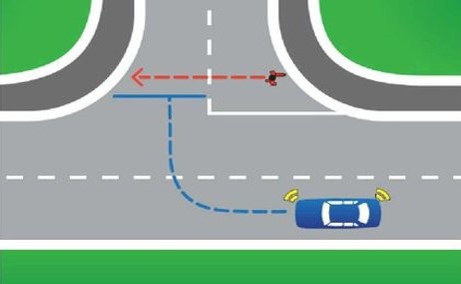New Zealand is relatively unusual in having road rules that do not generally give priority to pedestrians when crossing unsignalised intersections. A project investigated the effects of changing current NZ pedestrian crossing legislation to match many other parts of the world. The objectives were:
- Identifying the effects different rules have on pedestrian behaviour and safety
- Determining road users' understanding and preferences of various rule change options
- Determining the effects of the proposed changes on both pedestrian and motorist delays
- Considering the practical aspects of introducing a rule change in NZ
Analysis of NZ's pedestrian crash data found that, if NZ road rules did change, then crash patterns at unsignalised intersections may change to mirror those at signalised ones.
A survey of road users' understanding/perception of current and potential road rules found that, on average, 78% of people are already willing to give way to pedestrians, although the importance of an education campaign with any future changes was also noted.
VISSIM simulation modelling of predicted delays to pedestrians and motorists found generally no notable effect on total personal delay caused by possible rule changes.
Overall, implementing a rule change in NZ appears to be possible, and the implications of this are discussed further.
Glen Koorey co-authored this paper with University of Canterbury BE(Hons) student Courtney McCrostie and presented it at the 2015 IPENZ Transportation Conference in Christchurch. Following this, ViaStrada worked with NZ Transport Agency to investigate the feasibility of introducing changes to the existing pedestrian (and cycling) rules.
Link to paper and presentation

IPENZ Transportation Group Conference, Christchurch
